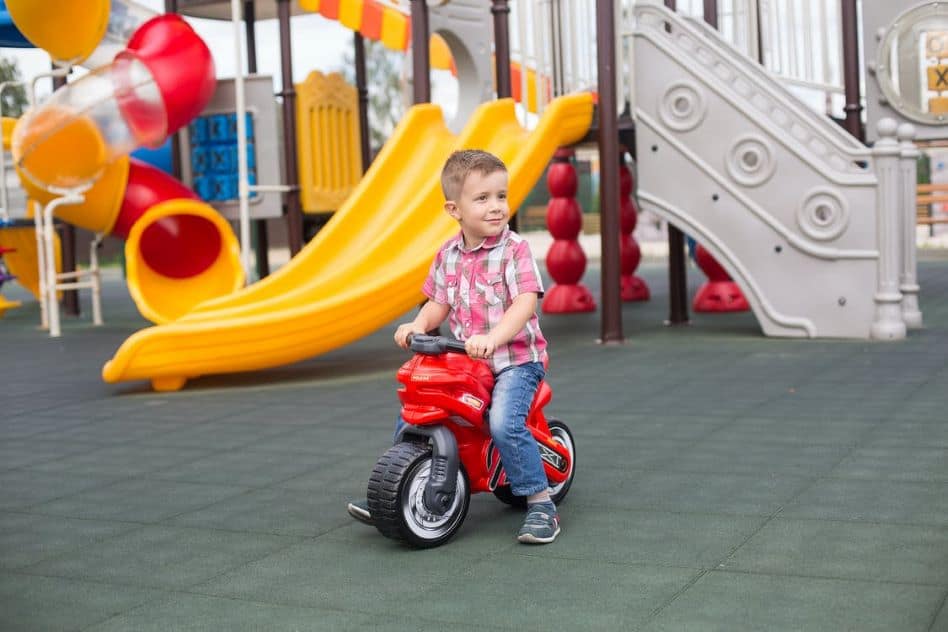
ActiGraph Cutpoints Impact Physical Activity and Sedentary Behavior Outcomes in Young Children
August 4, 2022
Accuracy and Precision of Consumer-Grade Wearable Activity Monitors for Assessing Time Spent in Sedentary Behavior in Children and Adolescents: Systematic Review
August 17, 2022A paper titled “Association between Chronotype, Physical Activity and Sedentary Behaviour: A Systematic Review” has recently been published in the International Journal of Environmental Research and Public Health. The summary of the paper and citation details are re-posted below. The full publication is available here.
ABSTRACT
Background: The aim of this systematic review is to compile and assess the scientific evidence about the relationship between chronotypes and physical activity (PA). Methods: A systematic review was executed using a structured electronic search in PubMED, Cochrane Library, PsycInfo and Trip Database. The searches employed keywords such as chronotype, sleep, acrophase, chronotype preference, morningness, physical activity and sedentary, using MeSH terms. JBI critical tools were used to appraise methodological aspects. Results: This systematic review includes 23 studies and a total of 505,375 participants. The results show that evening chronotypes are associated with less PA and more time in sedentary activities. It occurs independently of the instruments used to collect information about chronotype and PA. Nevertheless, this association could be mitigated in young populations and university stages. Conclusions: The chronotypes are clearly associated with the PA level and the sedentary behaviour, especially in the population over their mid-twenties. Evening chronotypes are associated with less PA and more time in sedentary activities compared to morning chronotypes
CITATION
Sempere-Rubio, N.; Aguas, M.; Faubel, R. Association between Chronotype, Physical Activity and Sedentary Behaviour: A Systematic Review. Int. J. Environ. Res. Public Health 2022, 19, 9646. https://doi.org/10.3390/ijerph19159646




